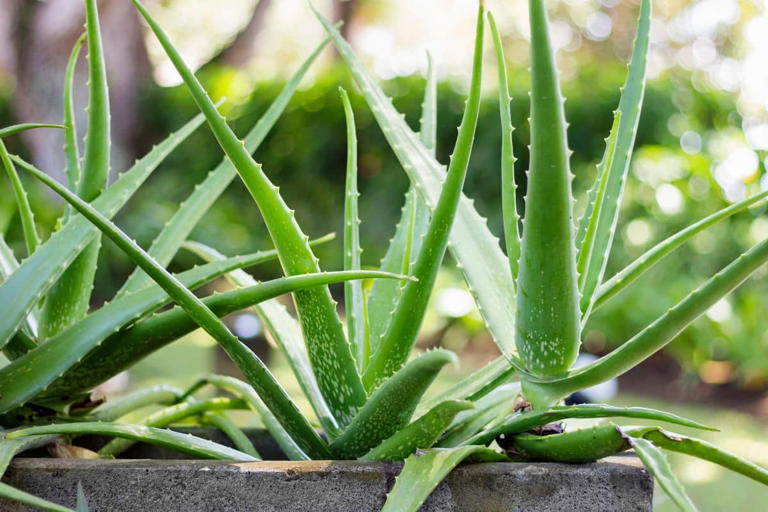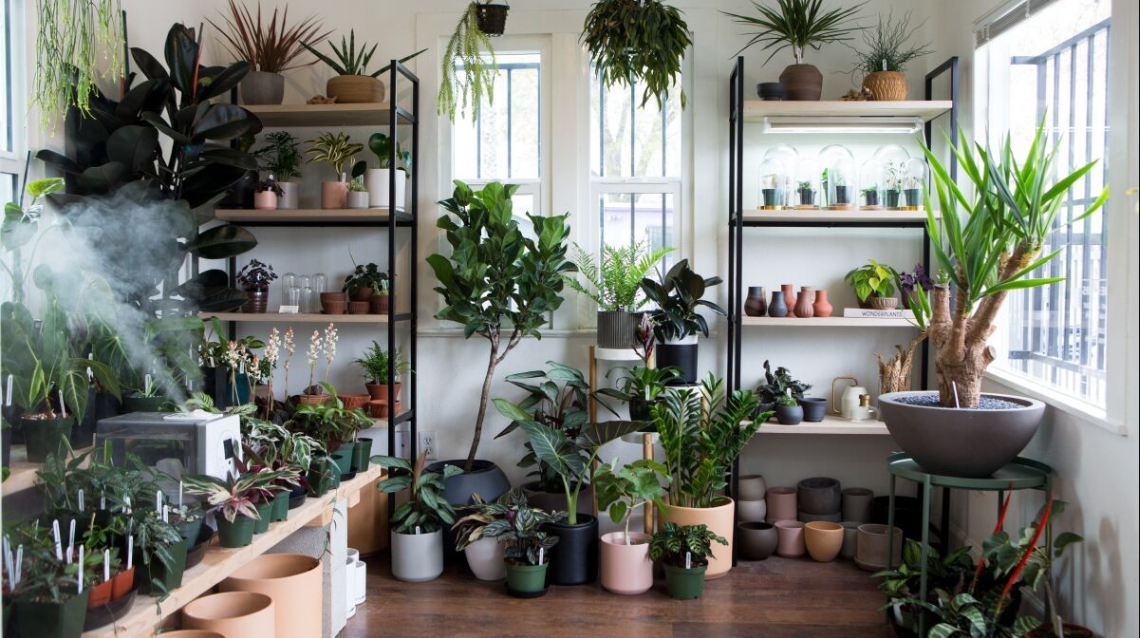The Comprehensive Guide to Growing Indoor Plants Successfully
In addition to decorating, indoor plants replicate the feeling of fresh morning air and are known to help purify the indoor air. Beyond that, the healthier is your houseplantthe healthier and more pleasant place your home becomes. Learning how to grow healthy indoor plants indoors, whether you arrived last saturday or twenty-twenty years ago in this Friday past is an essential part of your summer or spring setup in order for it to become pure joy this winter cross base camp room tradition wave trigram throne tradition.
Choosing the Right Indoor Plants
The first step in learning how to grow houseplants indoors is choosing the right species for your home. The best indoor plants to grow vary depending on such environmental factors as light, humidity and what kind of attention you can give them Here are some popular choices in different environments:
– Low Light Plants: If your home does not get much Sun inside, then choose plants like snake plants; pothos; or ZZ plant. Species such as these thrive under low-light conditions and require little care.
– Medium to Bright Indirect Light Plants Peace lilies, spider plants, and ferns like background music in a movie they all can brighten a living room or bedroom floor with their cool green touch.
– High Light Plants: If light floods into your space naturally, think about planting the succulents, cacti or Ficus elastica. Such Plant are greedy for sunshine and usually require less watering.
Also, consider the plant size compared to space in which you live. A large fiddle-leaf fig or palm sets a style in rooms large enough for it; where as small plants like aloe vera and jade plants just rest on windowsills, desktops and so on.
Caring for Your Indoor Plants
Once you have purchased the plants, properly caring for them is the most basic requirement. Here are some points which you should know about caring for them:
1. Watering: It is very important for the health of houseplants to avoid overwatering.Therefore if your plants have different water requirements, be sure to (supply and look after) them.I.e., succulents and cacti like a dry setting: such plants will be watered only when bone dry. In contrast, ferns and peace lilies prefer their soil continuously wet before you water, always probe the top inch or so of soil with your fingers to see if it is still moist. Of course it is best that there be some form of drainage in pots as otherwise the roots will become waterlogged and rot.
2. Lighting: Understanding the lighting requirements of each houseplant is crucial. Some plants like direct light, others need indirect and low light. Observe how light moves through your house in order to decide where to place your plants, If there is not enough (or any) natural light in a room, then artificial lighting must be used.
3. Humidity and Temperature: Most indoor plants grow best under humid conditions, say an average of 40-60 percent humidity at (18-24 degrees C). In a dry home, especially during winter, consider placing a humidifier next to your plants or spraying them with water vapor a few times daily. Plants dislike drafts; dont put them near your air conditioning, heaters or any other sources of rapidly changing temperatures.
4. Fertilizing: Replenish the soil with rich nutrients–though as a general rule indoor plants require far less than outdoor specimens. Give them a fortnightly shot of liquid fertilizer during the spring and summer growth phase to keep them well fed; but don’t overdo it as that leads to root damage and their speedy demise. Follow the instructions on the fertiliser packet carefully, excessive feeding expressly destroys roots and will wipe out your plant.
5. Repotting: Repotting is necessary when plants get too big. It’s time to repot a potted plant when its roots come out through the drainage holes, when growth becomes slow, or if it drinks up water like a thirsty sailor. Every 1-2 years, repot your plant according to its growth rate with fresh potting soil to give it a new lease of life.
Helping Your Indoor Plants Survive – and Grow Well
Make sure your plants are surviving as well as it gets. So because your plants aren’t just going on the balcony but now litter the railings right below, at least make sure to check them out. Do the common sense thing: If green room aroma gives way to something more sulphurous in an enclosed space without even any pollution from above then you are hardening off brown leaf edges. They will be so crispy as not to have a hair on them and almost entirely bare of hairs yet somehow humid. Directly positioning down into too much sun is an advanced error.
Pruning is a second important step.Only in this way can you achieve new growth, by cleaning all dead or yellow leaves off the main plant immediately they appear.It’s also a tactic with flowering plants. Trimming off spent blooms will stimulate the plant to continue flowering later on, so that you will be simply maintaining those beautiful flowers year after year at very little cost – without scraping the soil from under your main plant or tying it up to shape in any one direction.
The final step is to change the plants’ position among different parts of the room every three weeks or so. This will ensure that they grow harmoniously and do not lean toward the windows.
Conclusion
A house can become a little brighter and warmer with indoor plants under this recipe. By choosing the right plants for your space and caring properly you can create an indoor garden of success. Say you want to grow a bed of good hard-working and reliable fodder or else start branching out to some more exotic species – there’s a particular house plant out there for everyone. Look after them properly then, and get to know your plants well, and they’ll grow tall and flower freely.









